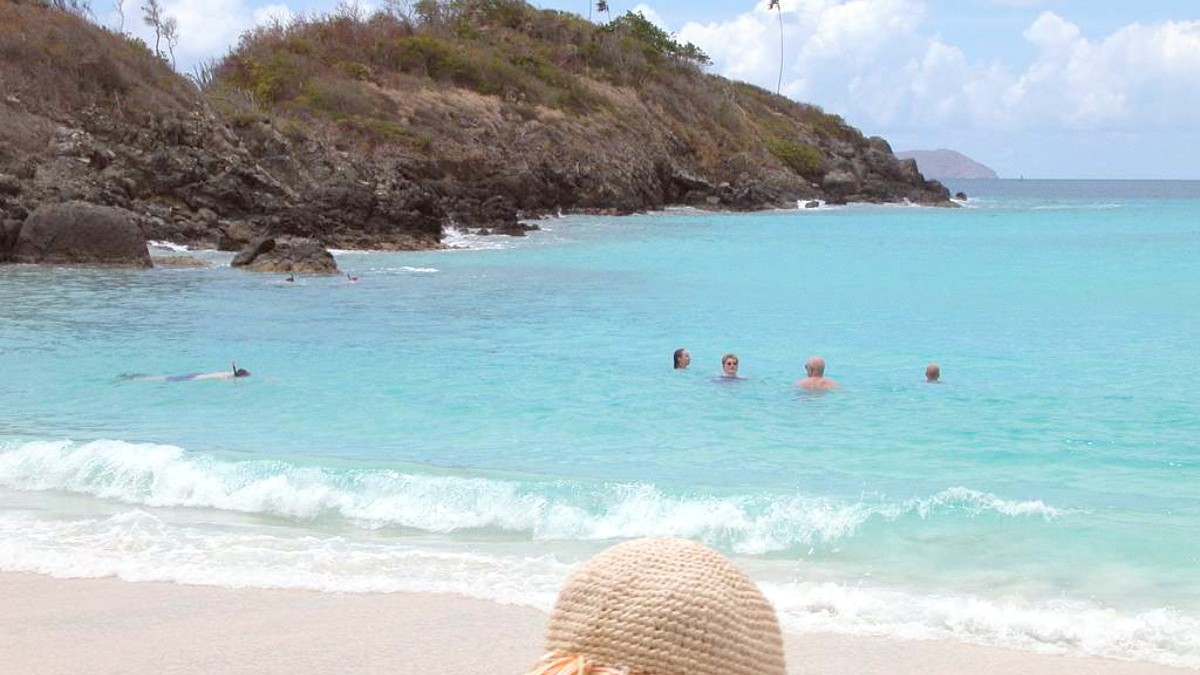
US Virgin Islands
These sites showcase the island's unique blend of natural beauty and profound history.
Visitor Information: Virgin Islands National Park Visitor Center in Cruz Bay operates daily (check specific hours). No general entrance fee to most park land or beaches. Trunk Bay has a nominal entrance fee ($5 ages 16+) for facilities. Annaberg Plantation is free.
The most well-known and accessible plantation ruin. Park rangers sometimes offer demonstrations of traditional sugar or bread-making.
A challenging hike descends through the Virgin Islands National Park to the ruins of a Danish sugar mill and ancient petroglyphs. The return ascent is challenging.
These ruins of a sugar and rum factory feature impressive views of Cinnamon Bay and Francis Bay. Accessible via a short walk off Centerline Road (Route 10).
Cruz Bay has some surviving historic Danish West Indian architecture, though much of the town has been rebuilt. Historic churches reflect the island's diverse religious heritage.
Historic churches in Cruz Bay and Coral Bay reflect the island's diverse religious heritage. Various small memorials exist across the island, often related to hurricanes or local figures.
St. John's natural environment is its greatest draw.
This park is the island's defining natural attraction. It encompasses vast areas of tropical forest, mountains, coastal areas, and coral reefs. It has extensive hiking trails leading to various points of interest.
A short, easy hike leads to the ruins of a sugar mill windmill atop Peace Hill, creating panoramic views of Denis Bay, Trunk Bay, and the surrounding islands. A popular spot for photos.
Known for its calm, shallow waters and abundance of sea turtles and rays. It is an excellent spot for snorkeling, especially for families. Consistently good for sea turtle observation.
A calm bay on the south side, popular for snorkeling and as the starting point for the scenic Salt Pond and Ram Head Trails. The salt pond itself is an unique ecological feature.
The highest point on St. John, possessing panoramic views of the entire island, St. Thomas, and the British Virgin Islands on clear days.
A dramatic coastal hike on the southeastern tip. The trail ends at a rocky bluff with stunning, windswept ocean views and dramatic cliffs. A rewarding hike, especially at sunrise.
Boat trips sometimes create encounters with dolphins. Snorkeling and diving are the main ways to encounter marine life like sea turtles and rays.
Visitors can spot wild donkeys (descendants of plantation animals), goats, iguanas, various lizard species, and numerous bird species, including hummingbirds, pelicans, and frigatebirds. Birdwatching is common along trails.
St. John features dramatic volcanic hills, characterized by steep slopes and valleys. Its coastlines vary from rugged, rocky cliffs to soft, white sand beaches formed from fragmented coral and shells.
St. John is renowned for its pristine beaches, consistently ranked among the best in the world. The island has no significant freshwater lakes or rivers, relying on rainwater and desalination.
Beyond the well-known spots, St. John holds many lesser-known treasures.
Venturing beyond the most popular spots creates quiet discoveries and authentic moments on St. John.
Discover secluded spots away from the main crowds for a more intimate island experience.
Explore spots favored by locals and note that St. John's appeal centers on preservation.
Capture the island's charm through its most picturesque scenes.
These spots provide excellent photographic opportunities, especially during the golden hours of sunrise or sunset.
Document the island's rich past and unique inhabitants.
These elements add a cultural and natural dimension to your photo collection.
Capture the marine life and clear waters.
The underwater world presents a different perspective of St. John's beauty.
Consider renting a jeep for exploring the island’s varied terrain and accessing remote viewpoints and beaches.
Local tour operators offer guided hikes and boat tours, providing historical context and access to unique locations. Book tours with GetYourGuide.
Begin your exploration here for maps, trail information, and ranger-led programs.